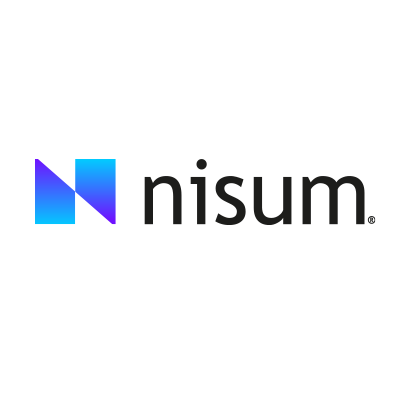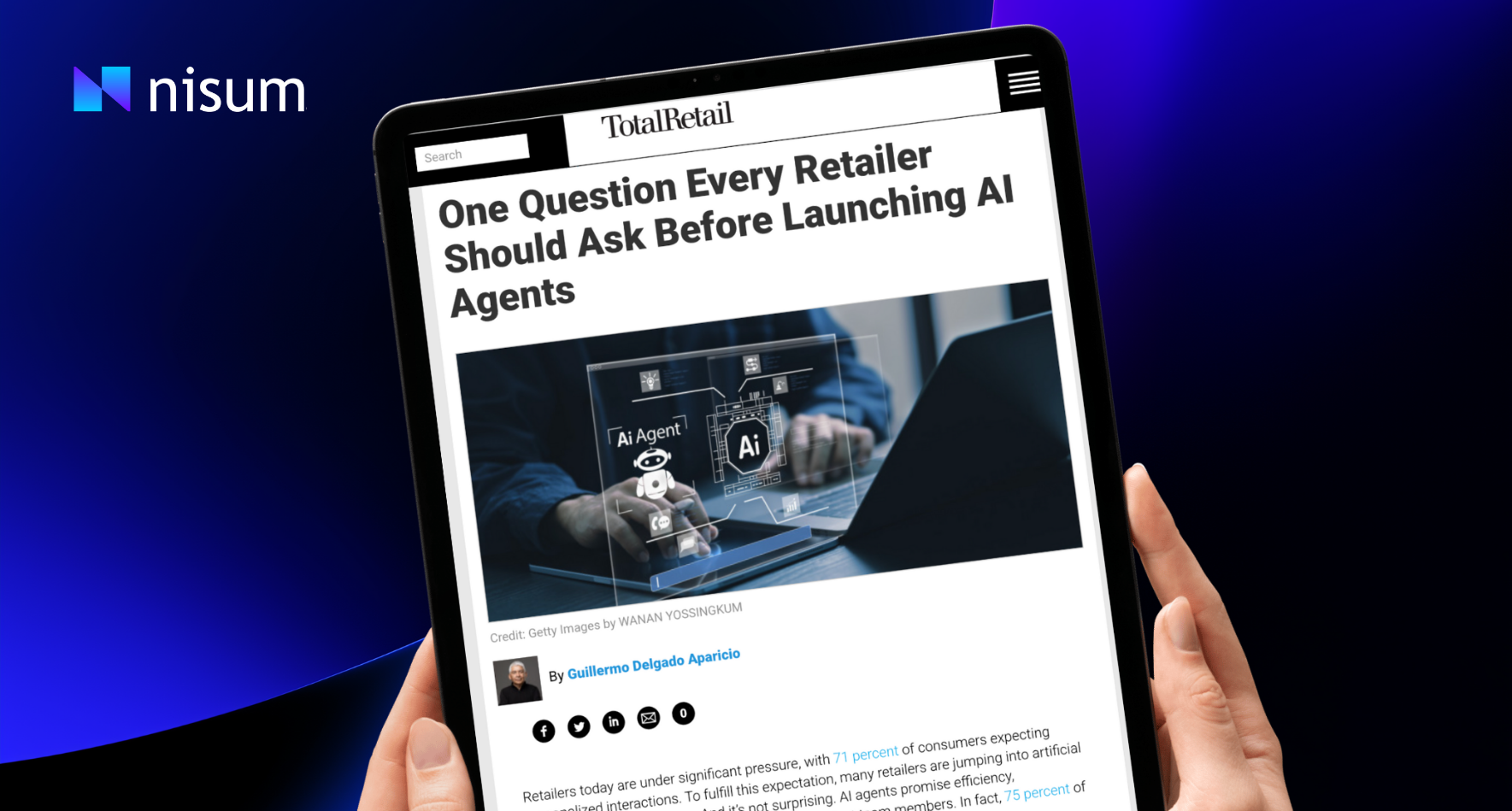When you hear the term quality assurance (QA), you might think of software testing or product inspections. But QA is much broader. It’s a proactive process, a culture of excellence, and now, thanks to artificial intelligence (AI), a critical driver of innovation. In today’s fast-moving digital world, quality is no longer just about avoiding defects; it’s about ensuring better, faster, and smarter customer experiences.
What Is Quality Assurance?
At its simplest, quality assurance means putting the right processes in place to make sure products and services meet expectations. Unlike one-off inspections, QA is about preventing mistakes before they happen. It’s the difference between fixing problems later and designing systems that don’t allow problems in the first place.
Whether in manufacturing, healthcare, or software development, QA ensures that organizations consistently deliver value and reliability.
Quality Assurance vs Quality Control: What’s the Difference?
One of the most common questions is the difference between quality assurance and quality control. While the terms are often used interchangeably, they are not the same:
- Quality Assurance (QA): Focuses on processes. It’s about prevention—building quality into every step.
- Quality Control (QC): Focuses on outputs. It’s about detection—inspecting finished products to find defects.
Think of it this way: QA asks, “Are we building it the right way?” while QC asks, “Did we build it right?” Together, QA and QC form a complete quality management system.
What Is Quality Assurance Testing?
In the world of software, QA often means quality assurance testing. This is the structured process of evaluating an application to ensure it performs correctly, reliably, and securely. QA testing includes functional, performance, usability, and security tests.
Unlike ad hoc bug hunting, QA testing is systematic and repeatable. And today, much of this testing is automated—making it possible to scale quality efforts across large, complex systems without slowing down development.
Why Quality Assurance Matters More Than Ever
Customer expectations have never been higher. A single glitch or poor digital experience can send users elsewhere. Research shows:
- A 1-second delay in page load time can reduce conversions by up to 7%.
- 88% of users are less likely to return to a site after a bad experience.
- Fixing a bug in production can cost up to 30 times more than addressing it during development.
Take this scenario: a banking app crashes every payday when thousands of customers try to transfer money at once. Not only does this frustrate users, but it also risks regulatory penalties and reputational damage. With modern QA, these issues can be anticipated and prevented; protecting both customer trust and business performance.
How AI Is Transforming Quality Assurance
Traditional QA processes are effective but often slow, repetitive, and resource-heavy. This is where AI for quality assurance is making a breakthrough.
Smarter Test Automation: AI-powered platforms, such as Nisum’s QBric, automatically generate and execute test cases—reducing manual effort and keeping pace with agile development.
- Predictive Analytics: Machine learning can predict where defects are most likely to appear, allowing teams to focus on high-risk areas before problems surface.
- Continuous Monitoring: AI tracks system performance in real time, identifying anomalies faster than human testers ever could.
- Cost Efficiency: Automating repetitive QA tasks frees teams to focus on innovation while reducing testing costs.
By embedding intelligence into QA, tools like QBric enable organizations to move from reactive fixes to proactive prevention—delivering higher quality at scale.
The Future of QA: From Checkpoint to Competitive Advantage
As organizations accelerate digital transformation, QA is evolving from a “final step” into a continuous, intelligent backbone of product development. Companies that adopt AI tools for quality assurance aren’t just preventing bugs; they’re delivering faster, more reliable, and more customer-focused products.
With AI-driven automation at the core, QA shifts from being a cost center to becoming a true driver of business growth. Solutions like QBric, an AI-driven platform of our portfolio, make this possible by combining automation, intelligence, and scalability to elevate QA from a checkpoint to a strategic advantage.
Key Takeaways
- Quality assurance is proactive and process-driven, while quality control focuses on detecting issues after the fact.
- QA testing ensures software meets performance, usability, and security standards.
- Robust QA is a business-critical function that protects customer trust and profitability.
- AI for quality assurance transforms QA into a smarter, faster, and more efficient process.
In today’s fast-paced, digital-first world, quality is everything. Companies that prioritize quality assurance automation and adopt AI tools for QA are setting themselves up for long-term success. QA is no longer just a checkpoint, it’s a competitive advantage.



